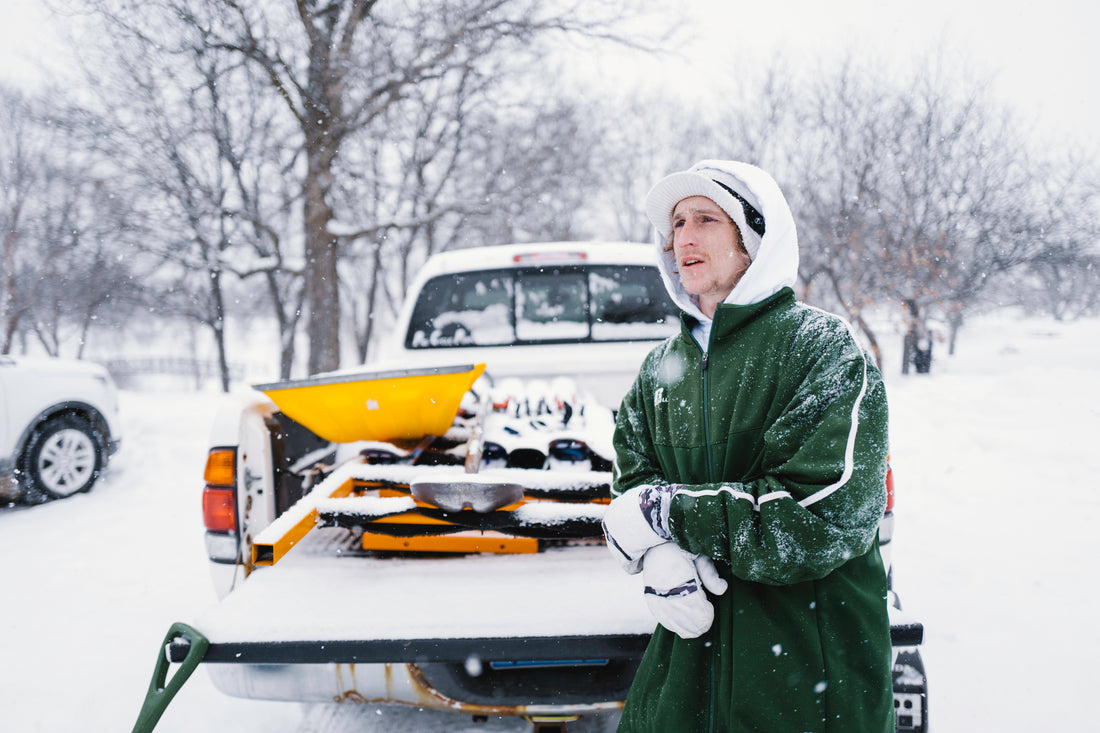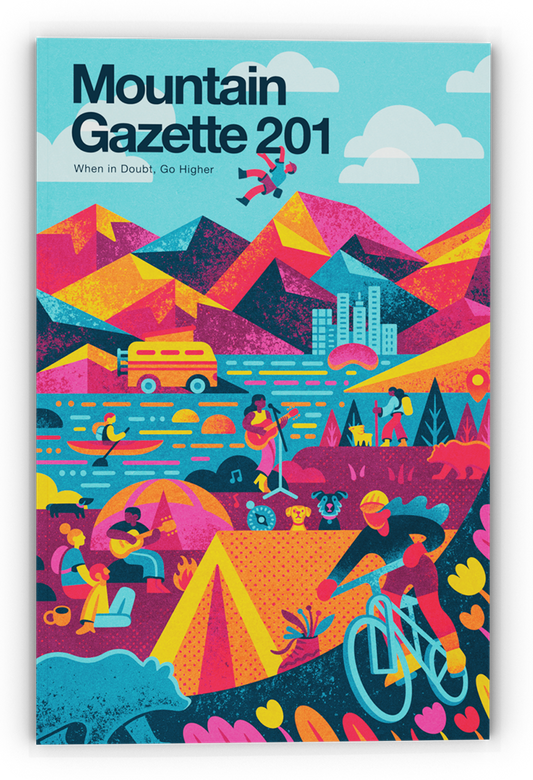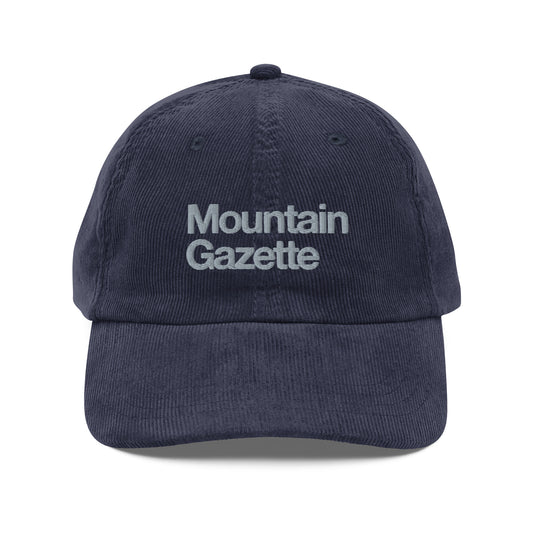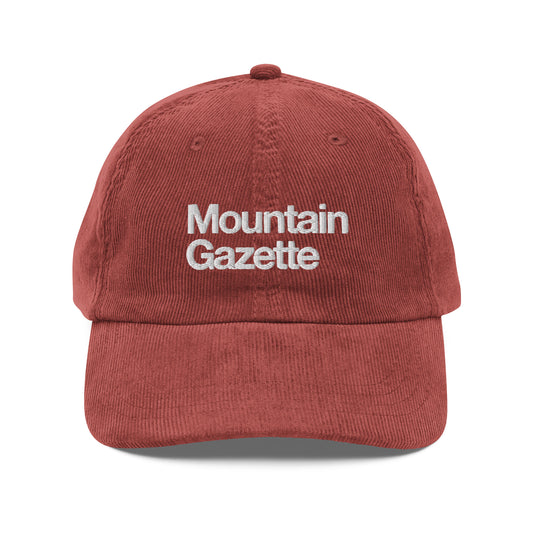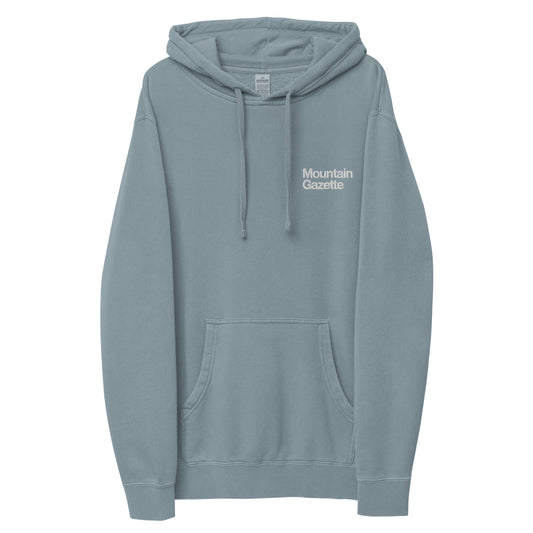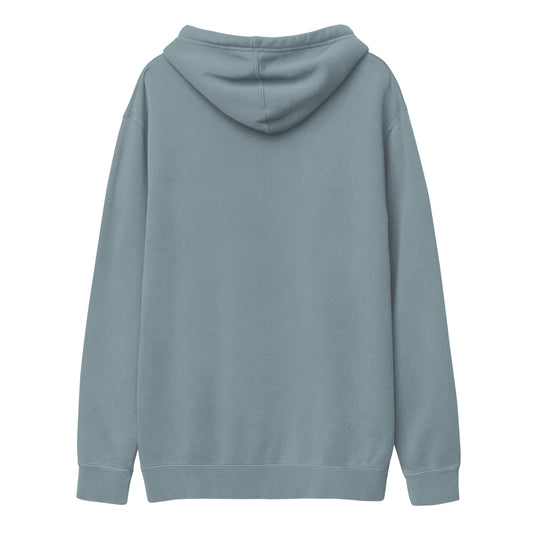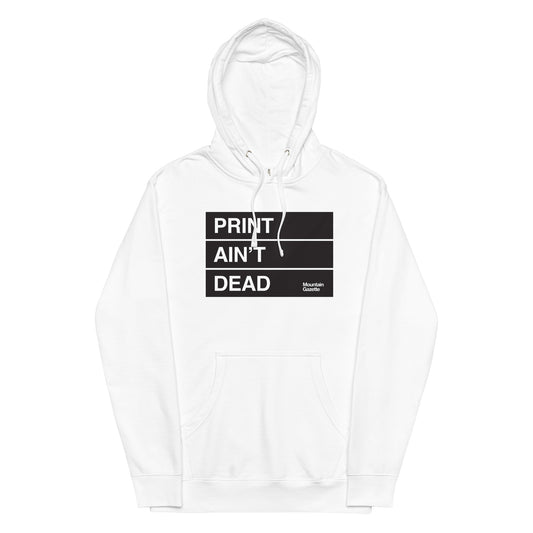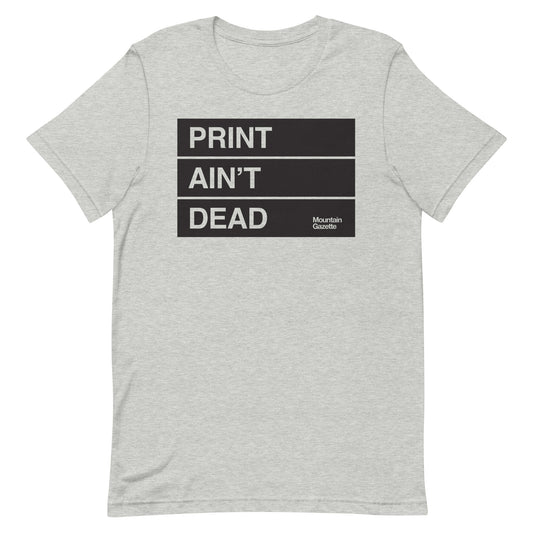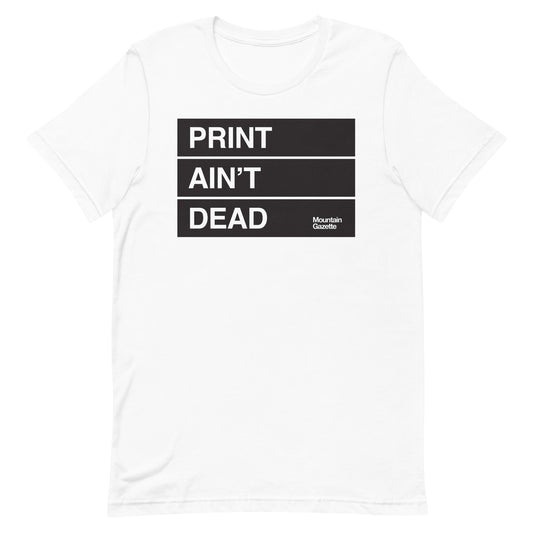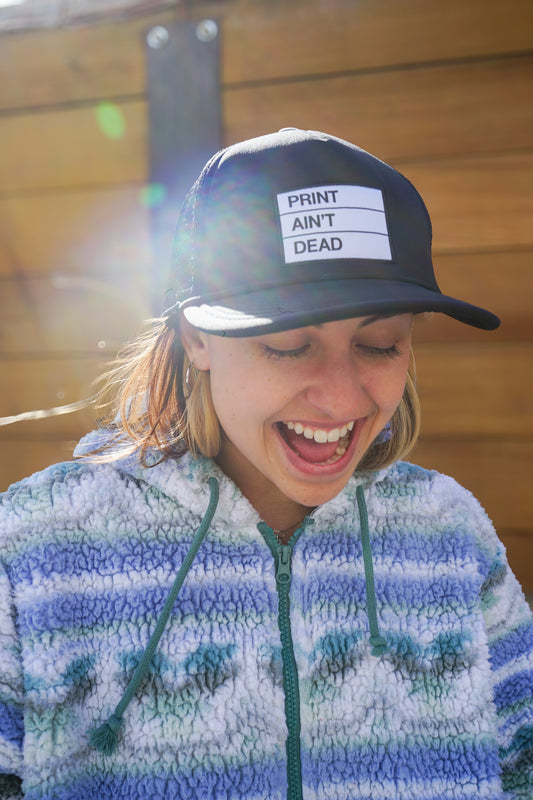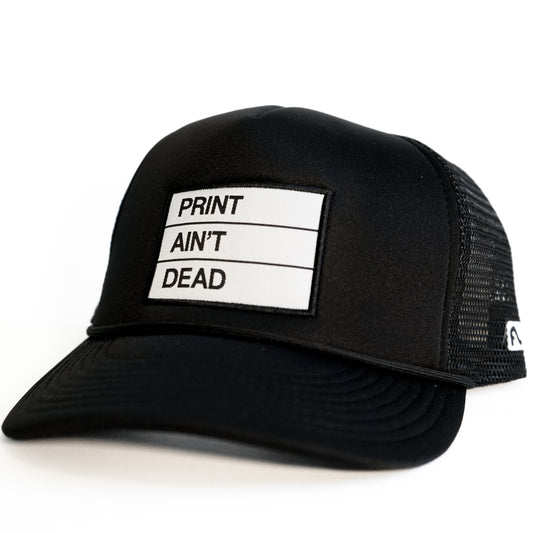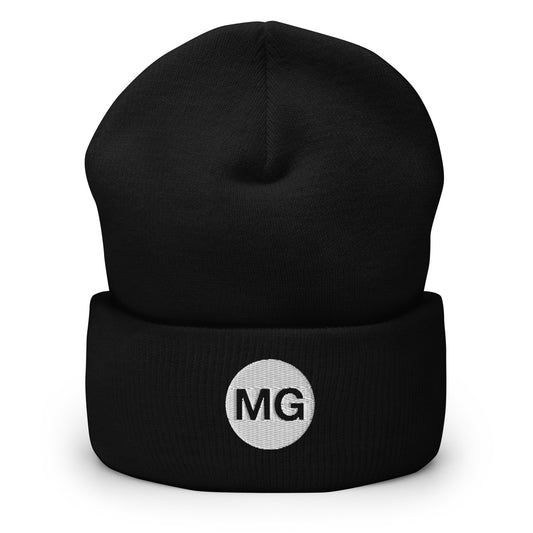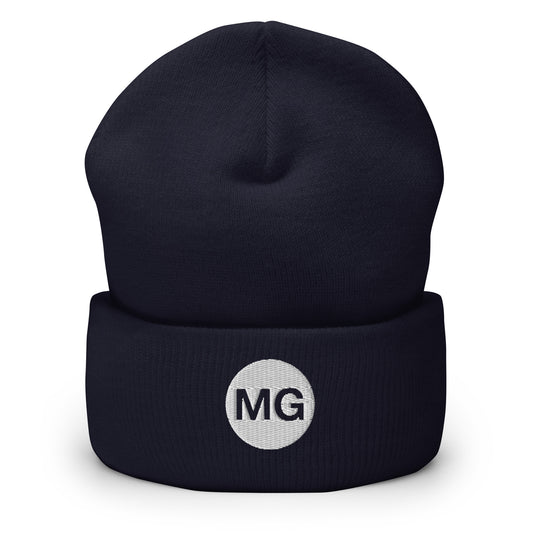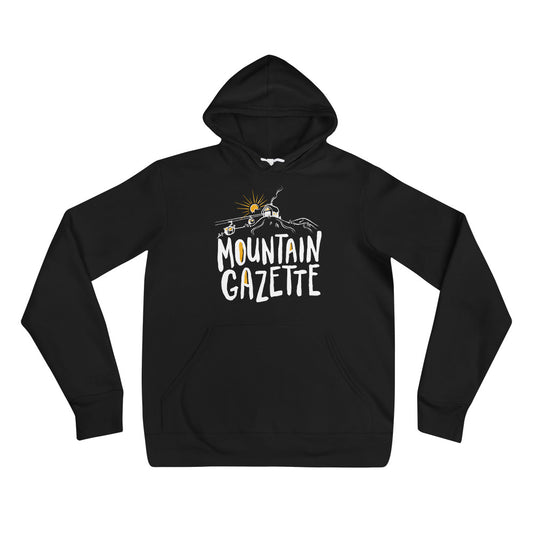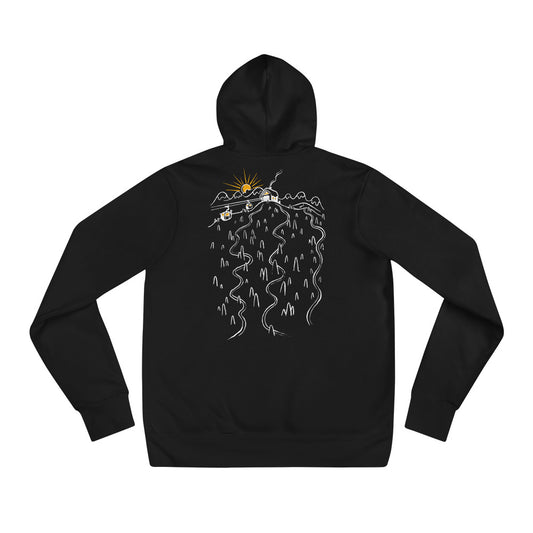Introduction and Interview by Mike Rogge
Photographed by Josh Bishop
Creative people have in them an innate desire to create, to try new things. Professional skier Phil Casabon, known as Bdog, is no exception. Casabon, who hails from Quebec, Canada, the Mecca of creative skiing, recently released a teaser for an animated series he hopes to complete by the fall of 2023. Original animation is a difficult medium to work in which is why you don't see new cartoons online all of the time as you do, say, a ski filmed from a GoPro. At Mountain Gazette, we aim to find creative souls and offer them a platform. Learn more about Phil's animation project in the interview below, how the late-J.P. Auclair inspired our lives, and more.
Mike Rogge: We’ve known each other a pretty long time. I think it was over 10 years ago, we went to Switzerland together. What I've found with your career, Phil, is that you're always surprising people with your edits, your style, with the BDog Edgeless Ski from Armada. And now this. What made you want to get into animation?
Phil Casabon: In the first place, [animation] has always been an attraction because I'm a fan of cartoons. So what happened there for me to really jump-in was a blown out knee. The fact that I couldn't ski, I had to reorient my creative energy elsewhere. It just seemed really obvious to me at that time that since the illustration of Bdog had been made, and he was actually a character on the graphic of my ski at that point. I had pro models with the cartoon character on the ski. I was thinking, "Man, this guy's got to ski for me. I can't just let myself be only a rehabilitating athlete. I got to put my alter ego to work so I can produce some cool, creative content."
At first the cartoon was going to be a reenactment of all my career stunts…my favorite moments. But soon enough, I found the drive to write a story and actually have a narrative around the character… it all was really appealing to me. I started to write and tried to make something that did make sense, which did not happen for a long time, and questionably hasn’t happened yet. I'm not sure looking at my story, but it has grown. Without the injury, there probably isn’t this animation.
Mike Rogge: Talk with me a about the process of finding an animator, learning how to make a cartoon. I think for a lot of us, we enjoy cartoons. We don't really think about all the elements that go into actually making one.
Phil Casabon: Yes. Good question. Well said, man. That was me in the first place. Very naive, just like, "Oh, I'll find this animator and tell him what's good. And I'm going to have this chip-chopped in a month." I reached out to the people around me. Luckily I have a big circle of people, and I found an animator who enlightened me on what it takes to actually make animation. You need illustration to be drawn first, visual development, and characters drawn. You have to have all of these visual assets for the animator to rig. The rig is actually putting some points on the character that will make him raise the eyebrow, that will make him move his hand.
That's in 2D animation. I'm not yet familiar with the drawn frame to frame scene, which seems to be a harder process. I went the easier route, which is 2D animation, but it's still very complex and time consuming. So all that came into play. The finality of animation is quite unyielding, where once it's drawn and animated, going back and saying, "I don't like this." You just spent countless hours and money. So in the first place, that's what I overlooked is the story's got to be really sharp, because otherwise you're going to go back and have to redo things.
I associated myself with some knowledgeable and very skillful talent as far as illustration and animation. When they came and drew and animated what I had wrote, I figured out that my story was not at the level of their skill. I tried to hone in on that aspect. I'm a freeskier first and foremost. My thing is skiing. Trying to juggle between both of those worlds and make the best out of them.
Mike Rogge: And now you have this GoFundMe where our readers can support what you're trying to make—three 10-minute episodes. Best case scenario, the campaign gets fully funded. When can people actually watch all cartoons and where could they watch them?
Phil Casabon: We will see how it evolves, because things always are changing. But as you said, so three episodes, 10 minutes apiece is the goal. Ideally, I'm trying to get this done. I will come up with a team, finish up the screenwriting process here, get it going. Hopefully by, let's say, spring 2023, I have all the assets and I decide whether it's released then or in the fall 2023. But I think it's going to be a year from now, most likely, for it to fully take shape and also give it the room it needs for it to come out fairly properly.
These are things that take time. Also, ideas evolve. I need to take a step back here and there so I can really reassess and come back with a different eye on the project. My goal is not trying to rush this thing out, but have something that is somewhat transcending time and also influenced by my persona. So let's say as far as dates, I'd say yeah, I'm aiming for fall 2023 to have these three episodes that might be more than three. Might be six or five minutes each, it's just a matter of me getting the story arc right.
Mike Rogge: You've always been known for being creative. I think a common misconception about creative people is that they're just walking around with a bunch of ideas in their head. Which could be true in some cases, but in a lot of instances creative folks are influenced by the world around them. What is influencing your creativity today?
Phil Casabon: Good question, man. A lot of it is drawn from what I read. Enjoy reading books, whether it be novels or just more scholarly-oriented books. I like to write in general. I like to walk. I think walking is a very good source of inspiration for me. Also just looking at the people around me, the circle I have is very creatively orientated. That definitely draws me to try to be as expressive as I can, and also experimenting with some substances.
I think tapping in with psilocibin helps me open doors that may give me a witness' eye on how I approach my life. It allows me to assess the things I do with a detached mode. That gives me room to be a bit more out of the box rather than just being always in the same mode. Also the liberty that skiing has brought me, this lifestyle gives me a lot of free time. Like I said, I go out in the woods a bunch, I walk a lot, and I think that nature and just being out is definitely a source of inspiration that it's constantly fueling and feeding myself.

Mike Rogge: I noticed in the trailer, actually my wife Meghan noticed it first, the little yellow bird flying around the Bdog character. Was that a nod to our shared mentor, J.P. Auclair?
Phil Casabon: Absolutely. I am trying to make this story relatable to my real life upbringing. In this case, J.P. will have his role, of course, like he did in my life where he put me on fully to the ski scene. J.P. is going to be the character that puts me on to the whole mission that needs to be accomplished. It’s definitely a direct nod to J.P. bird [from his iconic segment in All.I.Can. in Trail, B.C.] The illustrator, I think, did a great work at not necessarily portraying J.P. as far as a person, but just the character itself is really fun looking. He's my favorite.
I'm hyped to have J.P. be a part of the story and make him shine through it, because he's the main reason why I got to live this lifestyle the way I do. He saw something in me. He had the power to put me on [as a sponsored athlete] and he did so in such a generous and kind way. With the character in the animation, I am hoping to pay homage and hopefully people get it.
Mike Rogge: As we were talking before we started the interview, J.P. is listed on our masthead of Mountain Gazette as a spiritual editor. Years ago he and I were at a trade show after hours, not partying, just sitting in the back of a booth chatting. He was the one that originally put the idea in my head saying, "You need to make a large-format, tribute to writers and photographers and artists." I didn't know it was Mountain Gazette at the time. But eventually what manifested from that was this recreation of Mountain Gazette. What do you think it was about J.P. that ... you talk to anyone, whether it be you or obviously Ingrid or Anthony, the folks at Armada, Tyler Hamlet. What do you think it was about our friend J.P. that keeps him inspiring us years after his passing?
Phil Casabon: It was in his nature to be very ambivalent, where he could be this serious and wise guy, like approach things very meticulously and be sharp and hard working. He let loose a lot where ... not as in the party mode, but just laugh at himself and laugh at people and allow people to laugh at him, and just was very easy going in that sense. He had the right blend of character for you to feel very comfortable around him. Therefore it allowed for conversations to open up where you could be very vulnerable around him because he listened very carefully and was not judgmental.
Our conversations allowed for growth and perspectives to take shape. Naturally, he was creative. We both know so well, he was doing his own little movies along with Poor Boyz, editing his segment, making graphics, and also being the generous person he was with the Alpine Initiatives. There's so much about him still that I can't grasp how he did in the short time he was here…that is always going to be inspiring. I can't tell you what it is, where it came from. There's so much, but he was an old soul and definitely forever will live on. He did, in his mid-thirties, the most influential street edit of all time. He was natural.

Mike Rogge: Yeah, man. I agree. I miss him. I think about our conversations often. Tell me about your life now living in Quebec. In years prior, you were traveling quite a bit all over the world, putting out a lot of content with your pal Henrik [Harlaut]. It seems like you've settled a little more into a home life in Quebec. Can you maybe tell me a little more about why you chose to do that? Obviously, the pandemic, I'm sure had a big part of it. But what have you learned about being back in your hometown?
Phil Casabon: Proximity to family, and, J.P. taught me, to put certain priorities in order, like family after your own health. Granted health, because health is at the basis of everything, comes first. Family comes second. I live a 5-10 minute walk from my folks. Sisters around, brothers around. It's the roots where I came from and it's grounding to be around the people who I love. They also put me in check if I don't stay humble. I am still here to be close to my family.
The ease of knowing this place very much and the knowledge that creativity and good content, if we can call it that, is not necessarily orientated towards the helicopter trip in Alaska, which is not to throw that off, because it might as well be a creative outlet for some. I wanted to prove to myself first and foremost, that I could be this professional skier living on the East Coast where it's not necessarily known to have the best skiing. But with creativity and intent, there's a way to make art pieces that are memorable.
Mike Rogge: You were talking about being inspired by what you read. Could you recommend a book or two to the folks reading this that maybe they should pick up?
Phil Casabon: I'd say one of my favorite novels that inspired me very much so in the creation of the Bdog character actually is Musashi, which is about a swordsman that used to live in Japan wielding two swords. Over 65 duals, he was never killed. For me, very fascinating, the fact that they lived like that and any day of their lives could be death. There was no way of slipping. He actually wrote a book called the Book of Five Rings, which I would recommend, which is more practical how to approach these duals and how to approach training to avoid getting killed in the duals.
I related that to skiing. It's not quite the same stake of me going to a spot and dying, but I do risk my body every time. I do treat these spots where I am filming as an opponent where I need to be as sharp as possible and move as good as my wit may allow to avoid getting hurt. So I'd say Musashi has been quite the influence. Otherwise, as far as practical tool book to shape and orient a lot of structural things in life, I'd say Mastery from Robert Green has been quite instrumental for me.
Mike Rogge: What are you listening to these days music wise?
Phil Casabon: Podcasts, I'm on Huberman Lab, which is a science database podcast that's really interesting. Gives you very primal tools to optimize your daily style of life. I'm listening to Tim Ferris Show, The Bomb Hole podcast, Rich Roll podcast, the Joe Rogan Experience. I like the stuff relative to skiing too, like Another Level, The Powell Movement. So when I do what I love to do outside of skiing, like cook or rehab, I listen to these podcasts a bunch. I very much so like the audio form of content because I can do something else while listening.
Mike Rogge: Well, I'm going to end the interview by saying I'm really looking forward to the cartoon, and for Mountain Gazette's readers, subscribers, support the art that you want to see in the world and head over to Phil's GoFundMe. We'll put a link in this article. Yeah man, thank you for the time. I appreciate it.
Phil Casabon: All thanks to you, man. Really inspiring to see you do your thing and put me on the platform that you so hardly worked to build. I'm sure it came with is fair share of hard work, but I'm sure it was also effortless because it's something that it shows you were meant to do. Therefore, it comes very naturally and it shows by the response of the people out there to your magazine, and that's inspiring.
Mike Rogge: Thanks, man. I appreciate it. Be well.
To learn more about Phil's project, head over to GoFundMe.

